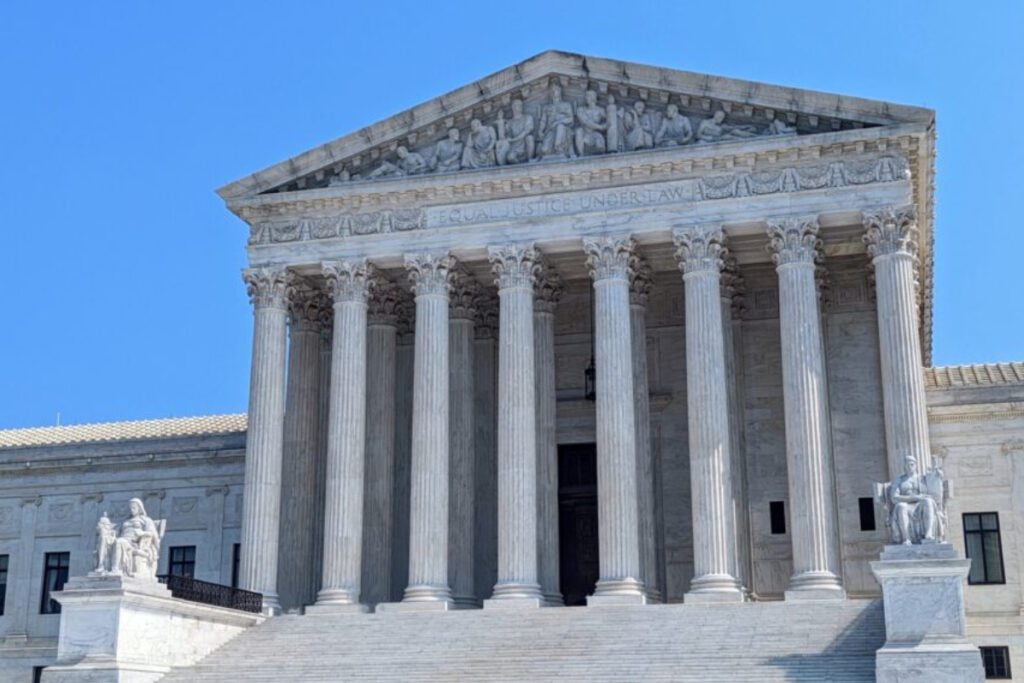Historic Supreme Court Decision In Alabama’s Congressional Maps Found in Violation of Voting Rights Act
In a surprising 5-4 decision, the Supreme Court has ruled that Alabama’s congressional maps, redrawn after the 2020 census, violate Section 2 of the landmark Voting Rights Act. The court found that the maps diluted the influence of the state’s Black voters, striking down Alabama’s GOP-drawn election map as illegal. This decision marks a significant win for advocates fighting against voting discrimination and reinforces the principle that voting practices should not discriminate based on race.

The Supreme Court’s Surprising Ruling:
The 5-4 decision came as a surprise to many Supreme Court watchers, given the recent trend of rulings that have rolled back protections against race discrimination under the Voting Rights Act. Chief Justice John Roberts, writing for the majority, affirmed a lower court ruling that found Alabama’s single majority-black congressional district denied a quarter of the state’s electorate an equal opportunity to select political candidates.
The Violation of the Voting Rights Act:
Section 2 of the Voting Rights Act, enacted in 1965 and later amended by Congress, prohibits states from drawing maps that result in the denial or abridgment of the right to vote based on race or color. The Supreme Court concluded that Alabama’s new approach to Section 2 was neither compelling in theory nor practice, finding that it violated the voting rights of Black voters.
Implications and Political Impact:
As a result of the decision, Alabama will be required to redraw its election maps, likely including a second majority-Black district as mandated by a lower court. This change is expected to lead to greater minority representation in the U.S. House of Representatives from Alabama. While the political implications are uncertain, advocates emphasize that the ruling is a win for democracy and constitutional rights.
Dissenting Opinions and Precedents:
Justices Clarence Thomas, Samuel Alito, Neil Gorsuch, and Amy Coney Barrett dissented in the case, arguing that Section 2 does not require intentional redrawing of districts to control the number of seats proportional to the Black population.
However, Justice Brett Kavanaugh, a key swing vote, emphasized the importance of stare decisis and the effects-based approach to voting laws and election maps. This approach aims to prevent the cracking or packing of minority populations.
Calls for Congressional Action and Continued Defense of Voting Rights:
President Biden praised the decision, highlighting the need to protect voting rights and calling on Congress to strengthen voting rights protections before the next election.
Attorney General Merrick Garland echoed the sentiment, urging Congress to provide the Department of Justice with the necessary authorities to defend the voting rights of all Americans.
The Supreme Court’s ruling that Alabama’s congressional maps violated the Voting Rights Act represents a significant step in safeguarding voting rights and combating discrimination. Advocates and civil rights organizations applaud the decision, emphasizing the importance of using race to remedy past racial discrimination and ensure equal opportunity for communities of color.
With calls for congressional action and continued defense of voting rights, the ruling serves as a reminder of the ongoing fight to protect and expand democratic participation for all citizens.



